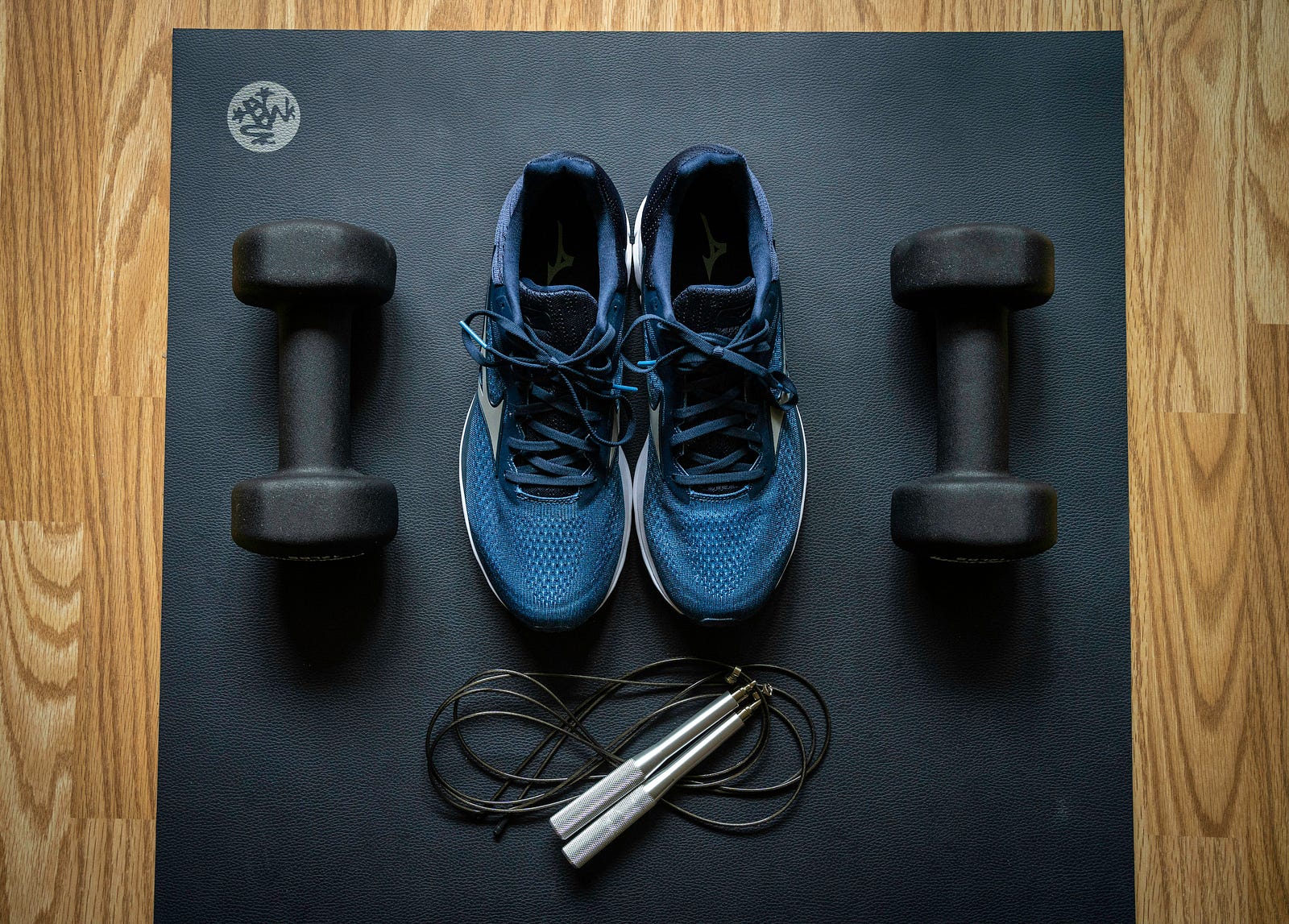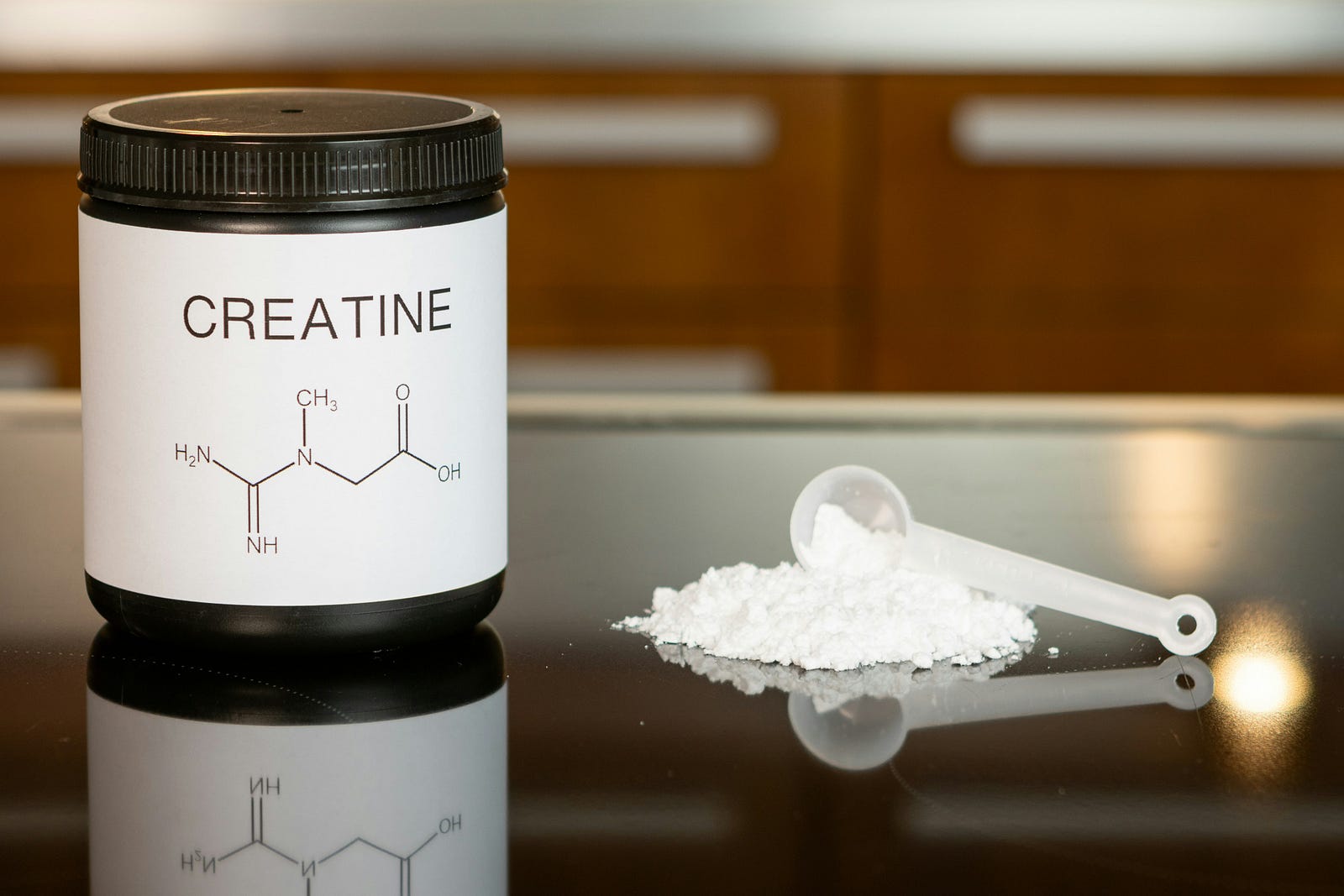SARCOPENIA IS AGE-RELATED PROGRESSIVE LOSS OF MUSCLE MASS and strength. Researchers posit that a sedentary lifestyle coupled with poor dietary habits may play a role in the development of the ailment. This essay explores fighting age-linked muscle loss.

First, I’ll explain sarcopenia.
Second, we’ll see who is at risk of suffering from the condition.
Third, we’ll explore sarcopenia symptoms.
Lastly, we’ll turn to things you can do to reduce risk.
What is Sarcopenia?
Let’s start with a definition of sarcopenia:
Sarcopenia is the significant reduction in muscle mass associated with aging, surpassing the typical age-related decline in muscle mass.
Age Matters, A Lot
As you enter your 30s or 40s, you start experiencing a gradual decline in muscle mass and strength, accelerating between the ages of 65 and 80.
The rate at which this occurs can differ, but on average, you might lose about eight percent of your muscle mass with each passing decade.
It’s natural for everyone to lose muscle mass as they age, but individuals with sarcopenia experience a faster and more significant decline.
Excessive muscle loss can negatively impact your balance, gait, and ability to do your normal tasks of daily living.
Sarcopenia: Who’s At Highest Risk?
Sarcopenia predominantly impacts individuals aged 60 and above, with its prevalence escalating with advancing age.
As I am 61, I am especially interested in what I can do to fight age-related muscle loss.

Both genders are at risk.
Those with chronic disease are more likely to develop sarcopenia.
Sarcopenia varies by ethnicity, a subject we’ll explore in the next section.
Sarcopenia and Ethnicity
The prevalence of sarcopenia differs among various racial and ethnic groups.
Sarcopenia incidence varied as follows:
- Non-Hispanic whites: 11 to 24 percent
- Hispanics: 22 to 36 percent
- Non-Hispanic Blacks: 4 to 28 percent
- Asians and others: 19 to 36 percent
Other Risk Factors
Other sarcopenia risk factors include the following:
- Obesity
- Physical inactivity
- Chronic diseases such as chronic obstructive pulmonary disease (COPD), kidney disease, diabetes, cancer and HIV
- Rheumatoid arthritis
- Insulin resistance
- Hormone level drops
- Malnutrition or inadequate protein consumption
- A decrease in your ability to convert protein to energy
- A decrease in the number of nerve cells sending signals from your brain to your muscles
Sarcopenia Causes
While decreased physical activity is a prevalent cause of sarcopenia, there are cases where individuals with active lifestyles also develop the condition.

Researchers now propose several additional causes for sarcopenia, including:
- Diminished nerve cell activity responsible for transmitting signals from the brain to the muscles can play a role.
- Declining hormone levels can impact muscle maintenance.
- Inadequate calories and protein necessary for sustaining muscle mass.
- Reduced efficiency in converting protein into energy.
Sarcopenia Symptoms
The Cleveland Clinic (USA) explains this:
The most common symptom of sarcopenia is muscle weakness.
Other symptoms may include:
- Walking slowly
- Loss of stamina
- Difficulty performing daily activities
- Trouble climbing stairs
- Poor balance and falls
- Muscle size decrease
Sarcopenia: What You Can Do to Drop Your Risk
While sarcopenia is not completely preventable — after all, muscle loss comes with aging — you can take steps to slow its progression.

Here are some tips:
- Exercise. I always maintain a physically active life that includes resistance training.
- Eat well. My goal is to have a balanced, healthy diet incorporating high-quality proteins. I aim for 25 to 35 grams of protein in each main meal.
- Routine physicals. I regularly see a healthcare provider.
Supplements for Sarcopenia
Now that I am in bodybuilding, I have been examining supplements supporting muscle integrity. Here are the evidence-based ones I use:
- Whey protein. This supplement is central to my diet, helping me preserve muscle mass.

- Creatine. This substance can help me increase or maintain muscle mass.
- Vitamin D. This supplement helps me maintain my bones and muscles.
Final Thoughts _ Fighting Age-Linked Muscle Loss
With age, I am experiencing some muscle loss.
I know that this phenomenon is normal.
For those with sarcopenia, the muscle loss happens at an accelerated pace.
Fortunately, physical activity (including resistance training) and a healthy diet can slow (or even reverse) the condition’s effects.
If you have signs such as markedly diminished endurance or muscle weakness, please reach out to a valued healthcare provider.
Sometimes, a personalized management plan to restore muscle mass is just right.
Thank you for reading “Fighting Age-Linked Muscle Loss.” How do you maintain muscle mass?




